Northern Munkee: In my time as a Food Buyer I had the pleasure of seeing many startisan producers walk through my door and proudly pitch their products to me to try and gain listings onto my shelves. Seeing new, entrepreneurial businesses provided a refreshing change from the commercial waltz that was required with blue-chip multinational companies and it was probably my favourite part of the job. I used to really enjoy hearing their stories, seeing their passion and learning about their journey that had led them to my desk; it was always inspiring.
However, I was always so disappointed when this same enthusiasm didn’t emanate from the products or the brands they presented and I found myself in that situation far too often. I’d ask a simple question such as, ‘so what makes you different?’ and be met by a bemused and deflated face instead of a sharp and succinct retort outlining reasons to believe.
In a previous series of blogs I talked about how to get an appointment with buyers with some advice on how you should conduct the meeting once you get their time. This blog takes the process back a few steps and considers branding and brand identity, which, in my opinion, lay the foundations for any good startisan business; this is an area that is often not given enough thought as businesses enter their initial growth stage.
What is Brand Identity?
Before I jump into my take on brand identity for startisan food businesses I want to address the issue of what brand identity actually is. If I were to neglect my Yorkshire roots and be a little pretentious I’d say it’s the raison d’être of a business’ product range. A brand’s identity is its essence, its spirit and its personality.
Personify your brand for a moment. What would it sound like? How would it dress? What job would it do? What would its social circle look like? All these components, and many more, go into forging a brand’s identity.
If we think, for a second, about global, instantly recognisable brands with a strong identity you might recall Jack Daniels for example. When I think about Jack Daniels I can hear the dulcet, Southern American tones of the advert’s narrator describing ‘Old Jack’ and his whisky that illicit thoughts of heritage, provenance, quality and tradition. This is a great example of a company that has worked hard to develop a distinctive brand persona that is instantly recognisable and depicts the brands values clearly to its core consumer.
Now, I appreciate that a startisan has limited funds and can’t possibly hope to hit on something like Jack Daniels but look at your product, your social media accounts or anything that you put your business name to: what does it say?
Why does Brand Identity matter?
Put simply, brand identity is important because ultimately it dictates how a shopper or consumer interacts with the product and, therefore, determines how the product sells. One recent example of how companies can use brand identity to appeal to certain shopper types was with Tesco’s wrap on the knuckles for creating fictional British-sounding farm names to boost sales of their fresh foods. This demonstrates a shift in how the mainstream shopper in the UK now shops as the UK’s leading retailer attempts to create a brand with a startisan identity.
Brand identity is also important because it helps you stand out in a crowded market. Food Buyers will often use their favourite rebuttal to a new listing proposal and state: ‘my fixtures aren’t elastic’ meaning their space is finite. So if I’m going to list a new brand of Indian cooking sauce and I only have room for a certain number then something will have to be de-listed to make room.
As a buyer, shopper and consumer we need to be able to differentiate between brands and quickly weigh up the pros and cons to make a purchasing decision which usually takes place in the space of about 15 seconds, tops! If I can’t differentiate quickly and easily my eyes are going straight to the shelf-edge to scan prices and the lowest wins; if we’re going to fight food deflation we need differentiated brands.
Brand identity, for any company, should dictate the direction you take your business in. It should design your marketing, your social media and your new product development. It should also dictate which retailers you work with, which shows you attend and who you’re making products for. Branding and brand identity should be the foundations which your business is built on and, I would argue, should make up at least 75% of your pre-startup time to get it right.
I want to now consider a couple of products that I have come across either in my time as a Food Buyer or just in general foraging and highlight the spontaneous brand identity, by which I mean when you see the product on shelf, what does it say?
Brands Identified
These products have, in my view, a strong brand identity that will communicate to their core audience.
First up let’s consider Pip & Nut’s product and what three messages the branding and packaging are communicating to us. The nut butter market is very en vogue at the moment and becoming more congested with shoppers looking for health benefits, high quality ingredients and a brand that fits their lifestyle.
The most prominent aspect of the product is the company’s logo and the image of the squirrel that underlines the brand name. Next you may find your eyes drawn to the high quality images of the almond and coconut which sit next to the flavour descriptor. Finally you will be drawn into the smaller text calling out the food qualities and ethical qualities of the pack. It’s also worth noting the choice of packaging and how this would look on fixture next to other nut butters. This is an on-the-go proposition and therefore Pip & Nut have opted for a box format to stand out against the sea of glass jars.
My final point on the branding here is the ‘distance test’. Most shoppers travel down the centre of an aisle and browse left and right if they don’t know what they’re looking for. Therefore you need to attract attention and convey messaging from a shelf approximately a meter away. In my opinion the colours used and the simplicity of artwork on Pip & Nut’s product means that it passes the distance test with flying colours.
Next let’s discuss the Marou chocolate. This is a different offering altogether from the Pip & Nut and would sit within a far more congested and competitive fixture. Shoppers in this category would be searching for provenance, quality and premium tastes.
Marou takes a different approach to meet its target consumers’ and shoppers’ needs. It references how premium the chocolate is by setting the brand name in gold block to attract chocolate magpies that float passed the shelf. This packaging has the look and feel of a bar that has been wrapped in an Explorer’s map and forged in deepest, darkest Vietnam to really entice those shoppers searching for quality through provenance.
My only minor criticism of the packaging would be about its performance in the ‘distance test’. Some of the messaging on the front of pack gets lost due to the font used and the background; however, I would follow this up by saying that I believe Marou have done a good enough job to draw a shopper in and investigate the unclear messaging.
Brands Mis-identified
These products have, in my view, missed their opportunity and audience by not getting their branding right.
I’m going to tackle the misidentity of both of the above brands together as they share a lot of similar aspects.
Now, I don’t want to come across as overly critical here but the reason I’ve chosen these products is because they’re both fantastic tasting products, which deliver really well against my expectations, but they’re not telling anyone that from their uninspiring packaging.
The categories in which these products sit have fairly similar shopper and consumer needs: great taste, great provenance and high quality ingredients. The only real difference between the two categories is that the World Foods category would ask for a little more adventure and discovery than spreads and preserves. The frustrating thing for me about this branding is that both products have absolutely hit the mark in terms of what the market needs.
The lemon curd has provenance, tradition and a great flavour profile. The tahini goes even further and hits on a number of CSR and ethical cues but being organic, Soil Association approved and Fairtrade.
If we just look at the packaging and the branding what do both products say? Not much.
What three messages are the putting across? Erm…
Would they pass the distance test? No.
Sorry guys but I’d be having a serious word with your brand and marketing teams.
Northern Munkee’s Quick Guide to Branding
OK, so that was a quick introduction into brand identity and branding, why it’s important and what impact it can have a startisan’s business. For aspiring startisans I’d also recommend Tessa Stuart’s book Packed as another good starting point.
I’ll close with a couple of Do’s and Don’ts when it comes to branding. Enjoy!
Do…
- your research; what is the competition doing and why will you do it better and in a different way?
- ask for opinions; don’t just go to people that don’t want to disappoint you, create a network of people whose opinions you trust and value to provide feedback.
- have an elevator pitch; you’ve got 15 seconds to sell so make it snappy and decide which three points are vital to your product and make those three shine.
Don’t…
- rush; this isn’t a quick process but it’s an important process so take your time to do it right and invest in advice, it’s money well spent.
- use your scatter gun; it’s really easy when you’re passionate to want to tell a shopper absolutely everything that you think is great about your products, you don’t need to just get them hooked first.
- be afraid to change; if Marathon Bars and Opal Fruits can do it then so can you. Your brand identity needs to relevant and appropriate for what you want to achieve so if you need to make an about turn then invest the time and do it!
Northern Munkee.
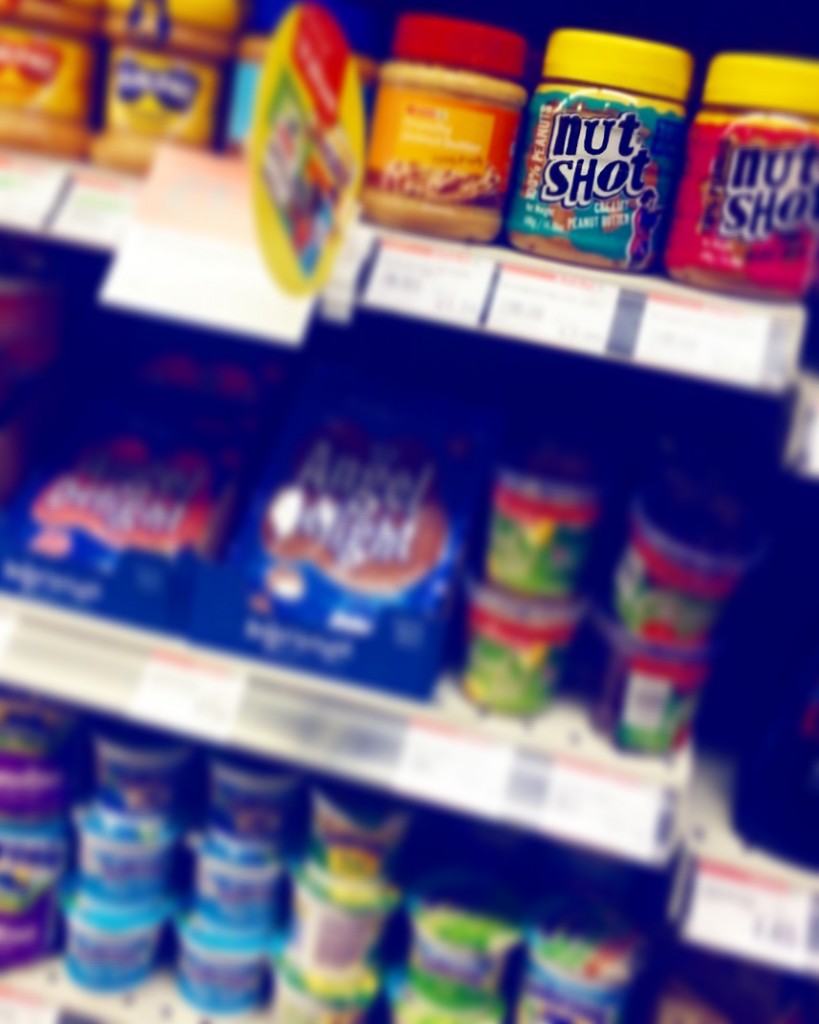
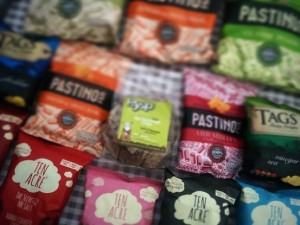
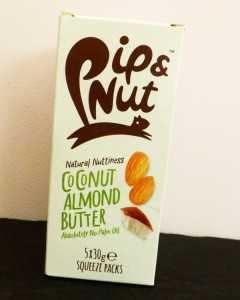
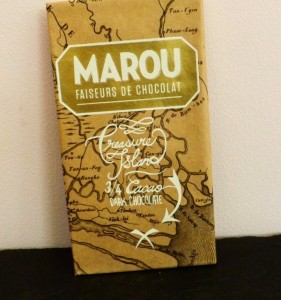
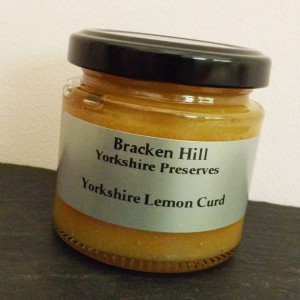
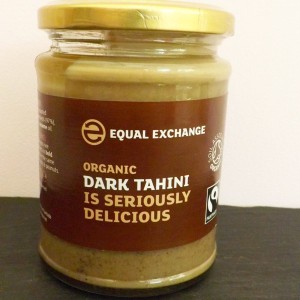
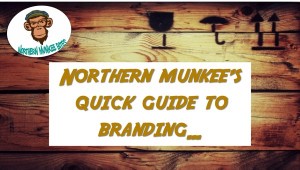
3 Replies to “Guide – How a Food Startup can STAND OUT from the crowd…”